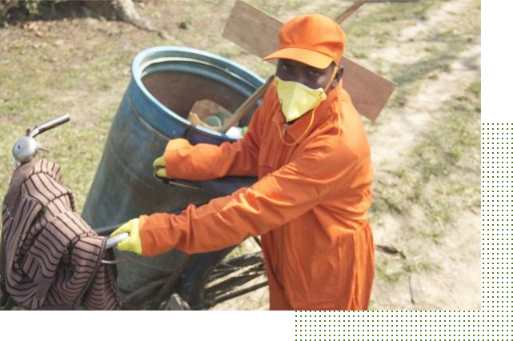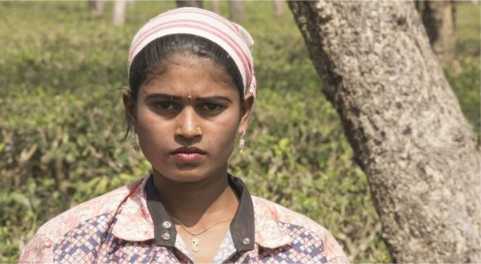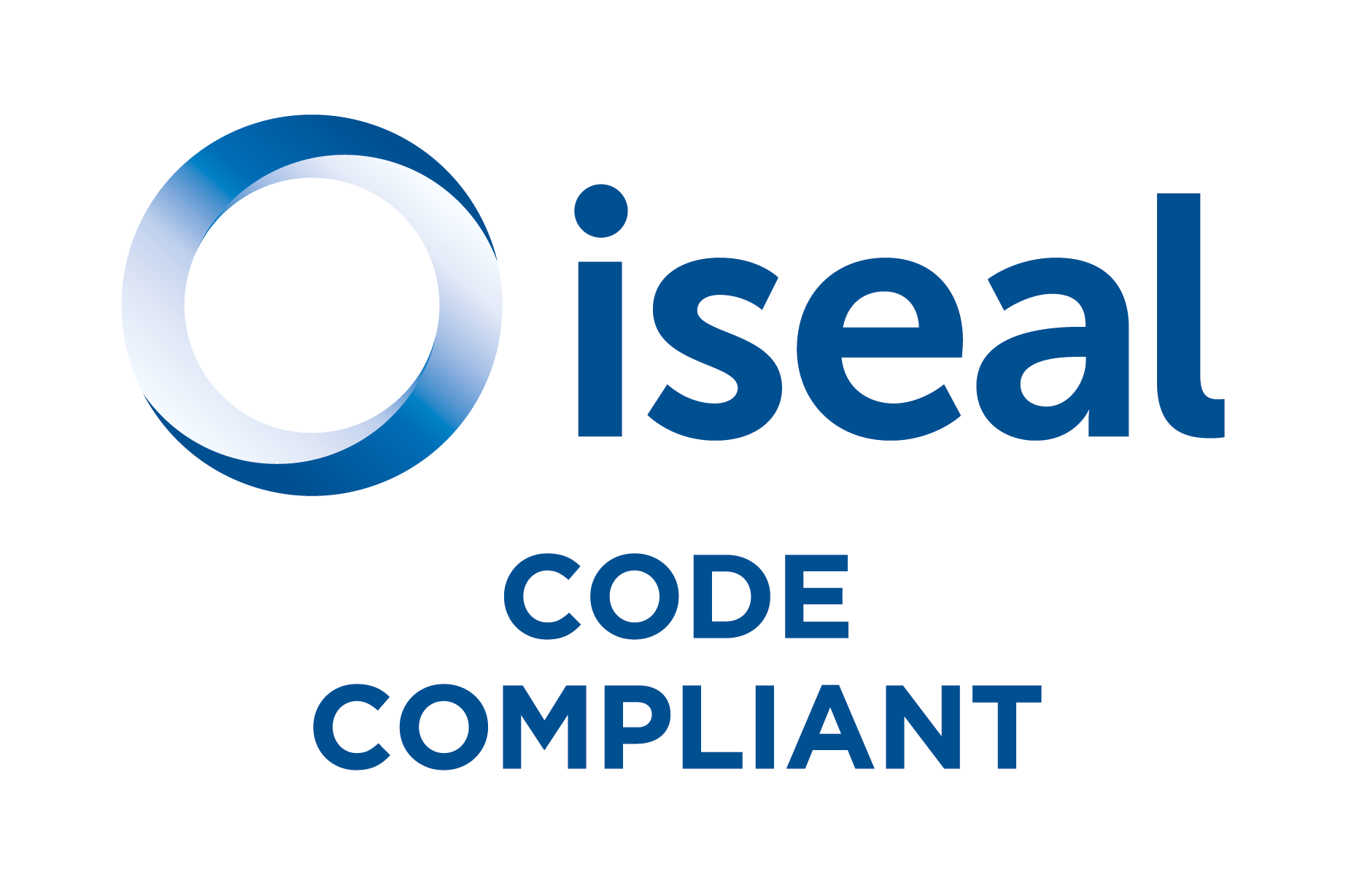
What is an M&E System?
An M&E system is defined as an ongoing process through which an organization draws conclusions about its contribution to intended outcomes and impacts.
The function of M&E is to track progress of activities and measure outputs and outcomes being achieved through an objective methodology using quantitative and qualitative data. The M&E framework will also evaluate outcomes and impacts to ascertain the extent to which the desired change and the sustainability goal has been achieved.
Purpose of M&E
Monitoring & Evaluation system has been set to gauge our performance against the mission objectives & to ascertain our impact in the tea supply chain.
The indicators for intended effects based on our Theory of Change are:
- Climate resilient
- Good natural capital management
- Circular economy in tea industry
- Socially responsible entities
- Focus on safer workplace
- Empowered women & youth
- Resilient & economically viable workplace
- Availability of safe sustainably produced tea
By impact, we mean the positive & negative long-term effects resulting from our standards implementation, either directly or indirectly, intended or unintended.
Scope of M&E
The M&E framework will be aligned to the Theory of Change of trustea that provides the pathway from activities to impact. The M&E function of trustea will have the following objectives:
- To track the progress of various activities of trustea at regular frequency.
- To measure the outputs achieved through various activities, using objective and measurable indicators, as defined in the Logical Framework Analysis (LFA).
- To assess the quality of the outputs being generated against the timelines and resources utilized.

Stakeholder engagement:
The process used in engaging key stakeholders to achieve trustea's objectives, the growth of tea supply chains, providing consumers with tea that is environmentally sustainable, socially responsible and economically viable.
Theory of Change 
trustea’s Theory of Change defines the pathway from activities to outputs, to outcomes leading to impacts, which ultimately will enable trustea to achieve its sustainability goal.

Logical Framework Analysis (LFA)

TOC represents various ‘activities’ of trustea that are intended to achieve certain ‘outputs’. The outputs achieved are likely to result in the broader ‘outcomes’ which will lead to the ‘impact’ on Environment, Safety and Livelihoods that trustea envisages. The outputs achieved through various activities are assessed, using objective & measurable indicators, as defined in the Logical Framework Analysis (LFA). These impacts will eventually enable trustea to achieve its overarching goal of having…An Indian tea industry providing high quality and safe tea to consumers, good livelihoods for producers, workers and their families, whilst at all times caring for the natural environment







 +91 33 4073 2658
+91 33 4073 2658 support@trustea.org
support@trustea.org
